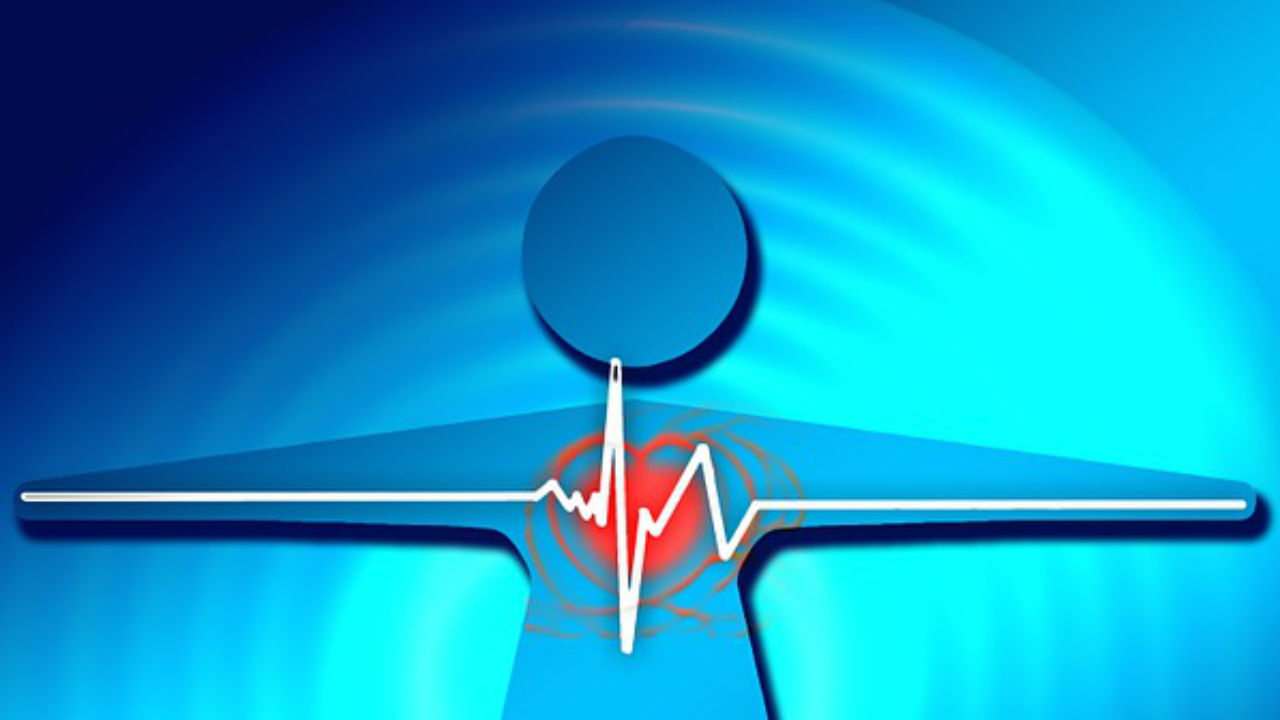An aortic dissection is an uncommon condition where the inner tissue (tunica intima) of the aorta tears, allowing blood to enter into the tissue wall. As blood enters the tear, it causes the middle layer (tunica media) to separate (dissect) from the inner layer, creating a new channel or lumen. As blood passes through this secondary lumen, pressure increases and can lead to a rupture. A tear distal (far from) the initial tear site can occur, allowing blood to re-enter the natural channel of the aorta. Since the aorta is responsible for provide oxygenated blood from the heart to the rest of the body, damage to the aorta can impede normal bodily functions and lead to death.
Aortic dissections occur as either type A or type B, depending on the affected location. Type A is the most common dissection, and it involves either a tear near the aortic value (near the heart) or a tear from the ascending portion of the aorta to the descending portion. Type A aortic dissections are more dangerous than type B dissections. Type B dissections occur only in the descending aorta.
The exact cause of aortic dissections is unknown, but most cases involve patients with high blood pressure. High blood pressure increases the stress on the aorta, which can cause gradual weakening over time. Weakening can also occur as a result of traumatic injury to the chest, pregnancy, or complications following surgical operations to the aorta. Some diseases, such as Marfan’s syndrome, Ehler-Danlos syndrome, Turner syndrome, bicuspid aortic valve, and syphilis can weaken the aorta and increase the risk of a dissection. Most studies also show that aortic dissections are most common in men between 50 and 70 years of age.
Patients who develop aortic dissection may experience symptoms similar to other cardiac disorders. Pain is experienced originating in the center of the chest chest or upper back and radiates to the neck or down the back. The pain is very severe, and is described as a ripping, shearing, or tearing sensation. Pain may also be experienced in the abdomen or along the flank (area between ribs and hip) of the body. Patients may also experience loss of consciousness, nausea, increased sweating, shortness of breath, weakness, or paralysis. Dissections which affect blood supply to the brain can cause patients to experience signs of stroke, while those which affect blood supply to the spinal cord can result in paraplegia. Dissections that affect the coronary arteries can cause a myocardial infarction, while those which affect the aortic valve may cause patients to present with congestive heart failure. As a result of blood loss into the secondary lumen, patients may also have higher blood pressure and differing pulses in each arm.
If you experience any of these symptoms, it is important to seek medical attention immediately. A rupture of the aorta can be, and typically is, fatal.
References:
1. http://www.mayoclinic.com/health/aortic-dissection/DS00605/
2.http://www.medicinenet.com/aortic_dissection/






Add a CommentComments
There are no comments yet. Be the first one and get the conversation started!